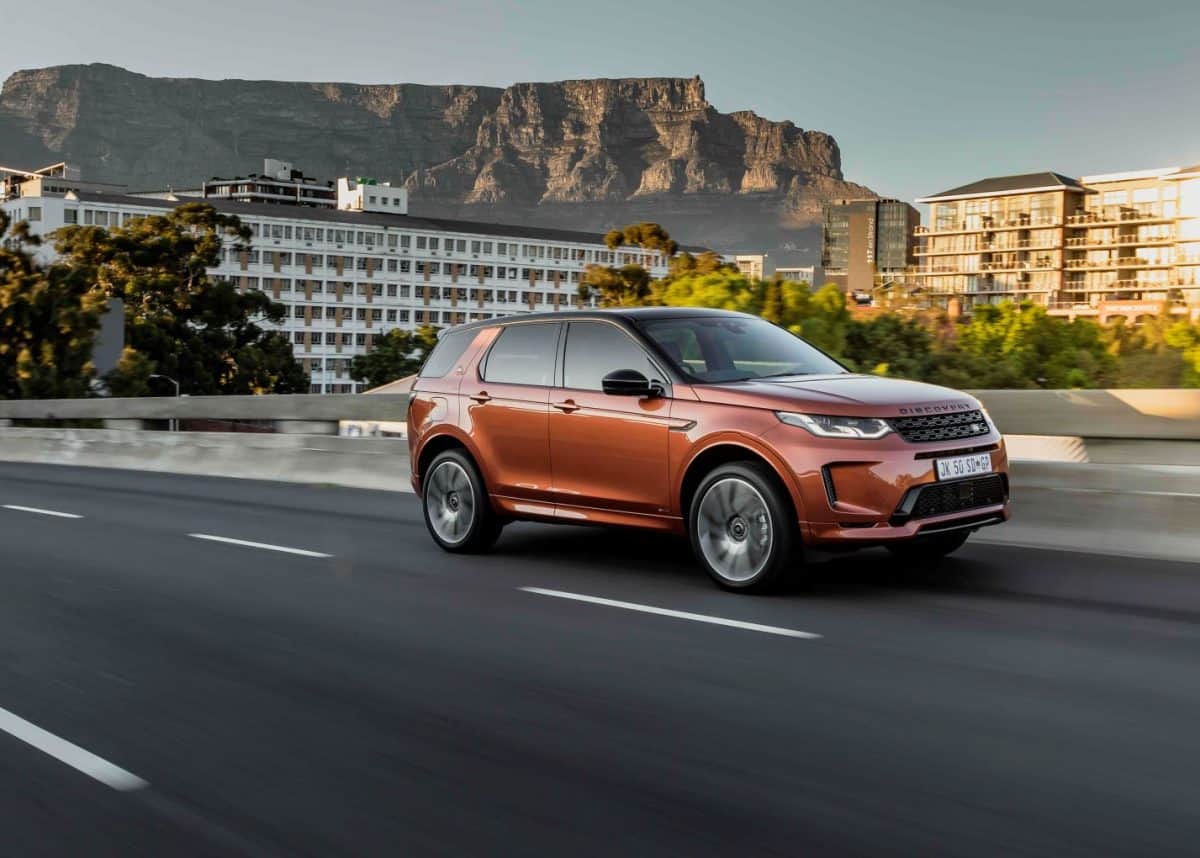
The updated Land Rover Discovery Sport. Photo: Supplied
Discovery Sport is Land Rover’s luxury, compact SUV built as the baby in the Land Rover line-up. It’s the one designed to lure newer buyers into the stable at a more palatable price point, but still packed to the rafters with all manner of “go-anywhere” technology.
It made its debut in South Africa just three years ago and now, as part of a midlife update, Land Rover SA invited us to Cape Town to sample the new bits.
There are a lot of them with more than half the parts on this car being new. Most vehicle updates are literally skin-deep – a nip of the bumper here and a slight tweak of the rear tail lights there and perhaps some software upgrades on the interior and if they’re really pushing, there may just be a slight engine upgrade or engine addition.
This is not the case with the Discovery Sport.
Aesthetic enhancements
At the end of 2020, Land Rover’s entire line-up will, for the first time in a while, resemble a relatable family with design cues that will follow on from one another. The Discovery Sport and Defender will “finish” off that family design golden thread as it were, that is until a new raft of product updates emerge in a few years.
The Discovery Sport has a revised front end with main changes within the front and rear light clusters and bumpers. The result is a smoother, more rounded design that resembles the larger Discovery.
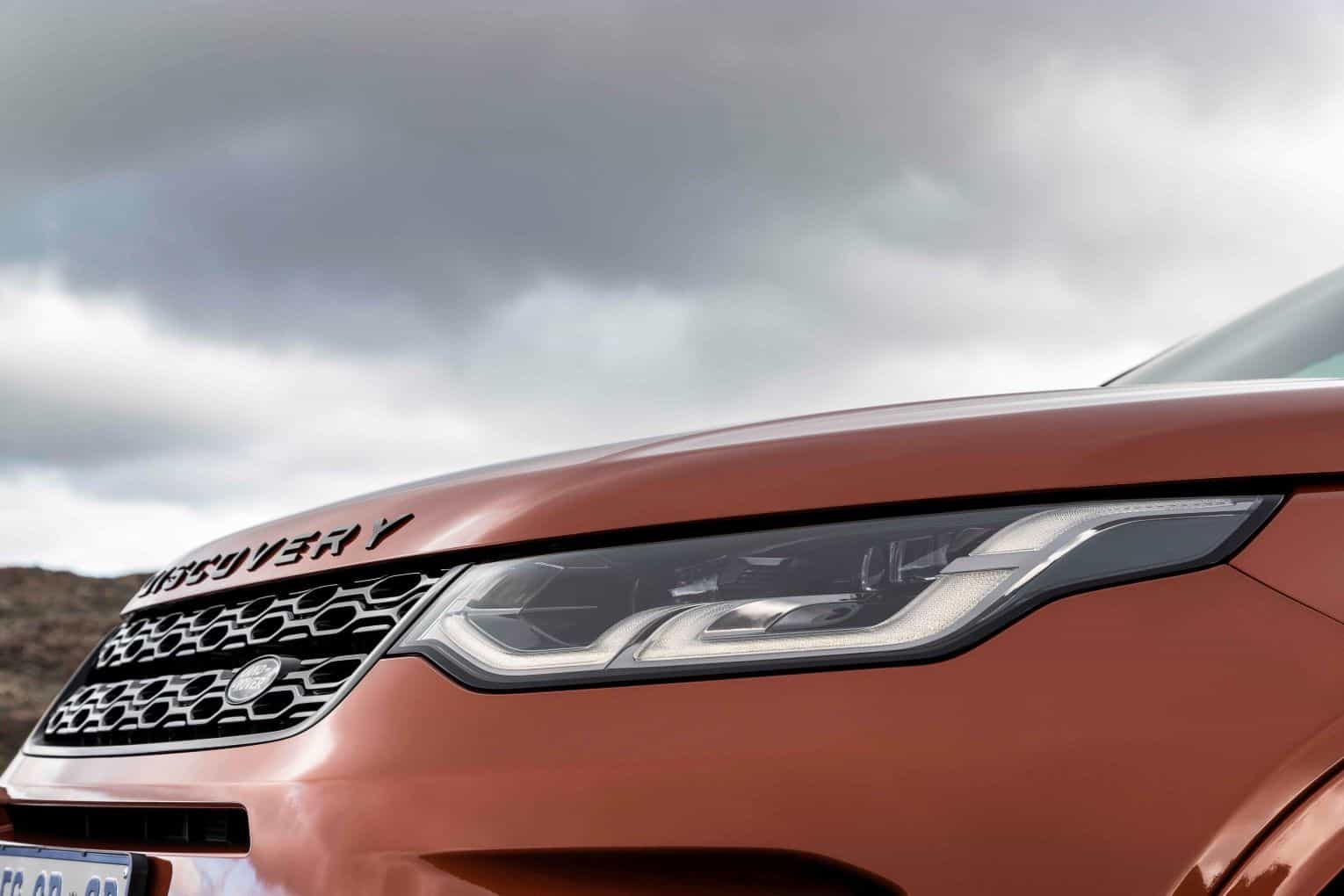
The circular designed rear lights have also been revised as well as a host of new wheels that range in size and design depending on the specification you choose.
The bonnet also features an obvious piece at the section closest to the windshield and this is the pedestrian airbag now finished in a high gloss black which contrasts with the rest of the gloss black materials on the rest of the car.
Perhaps the more telling revisions are inside the cabin. The rising rotary gear selector has been replaced with a more traditional gear lever selector. This has also been included on the new Defender and this may just be due to some hot water over the rotary selector in the past.
Expect the change to roll out across all models in the future. The steering wheel has also changed to the latest multi-function steering configuration.
New tech
The central stack is entirely refreshed with new 10-inch Touchpro Infotainment system that is fast, easily navigable and configurable to your liking. This screen also doubles as the screen on which you would monitor the reversing camera and a new technology now fitted to the Discovery Sport.
The first is something Land Rover calls ClearSight Groundview, Kerb and Junction View technology.
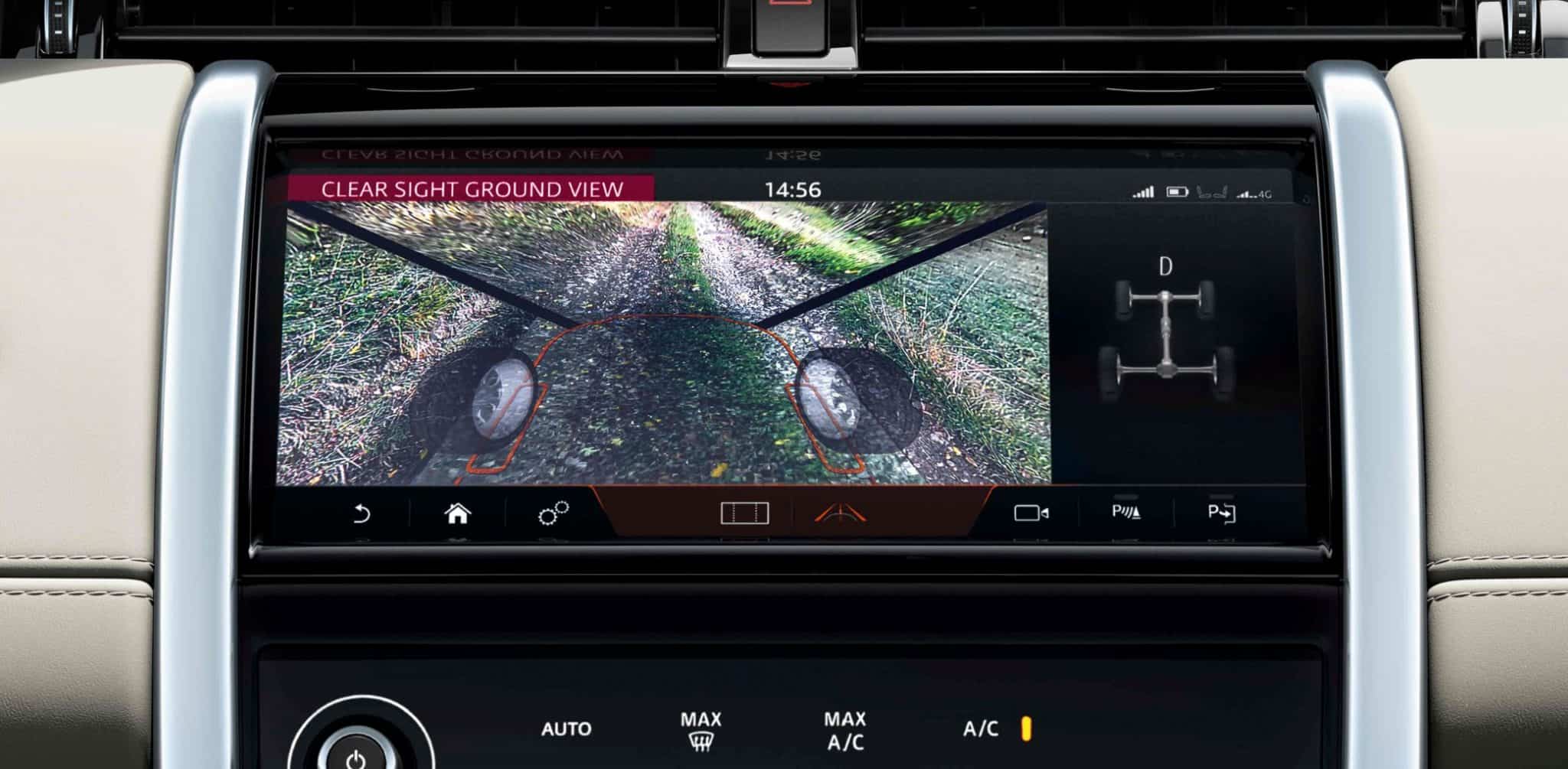
It works with the Surround Camera and effectively gives you a view underneath the front of the vehicle for safe manoeuvres in tricky conditions…such as pavements and kerbs. Using cameras, it beams the terrain under the front of your vehicle onto the interior screen.
The other new feature also labelled as ClearSight is the rear view mirror. Using a camera placed inside the roof-mounted shark fin aerial, this camera provide a wide view of anything behind the vehicle. It’s handy for reversing out of a shopping mall lot or out of a driveway onto the road.
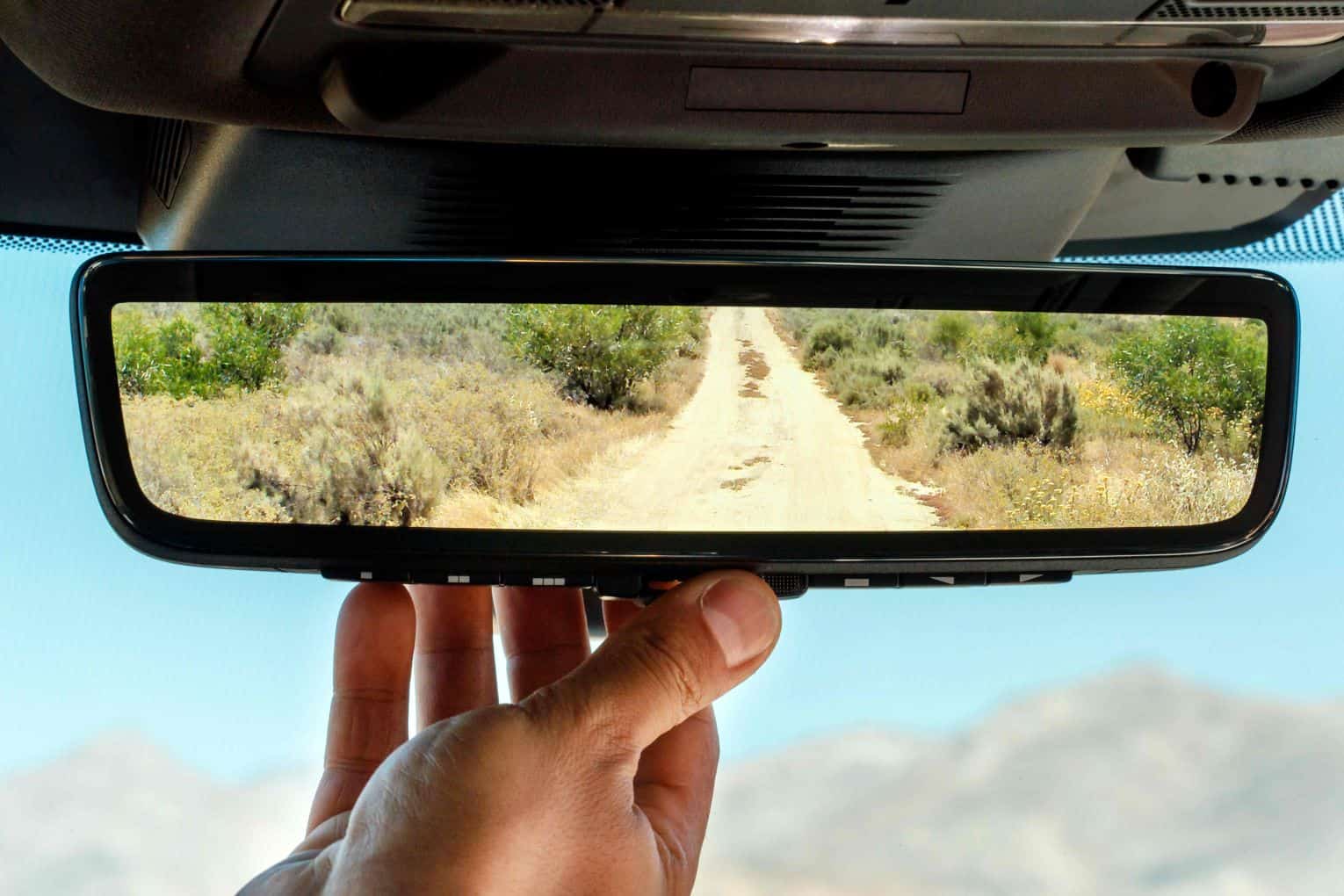
For a holistic rear view this is then used in conjunction with the reversing camera. It’s quite a lot of take in and takes some getting used to as you figure out your mirrors, the reversing camera and the rear view camera.
Any changes to the Drivetrain?
Yes. Since the launch of the initial Discovery Sport, Land Rover (like so many other manufacturers) has changed their naming convention and as such the Land Rover Discovery Sport now adopts the P and D naming pattern as does the rest of the newer models across the range.
South African customers will have the choice of a D180 or P250 drivetrain, both coupled to a 9-speed automatic transmission. The D180 is powered by a 2.0-litre, four-cylinder turbodiesel capable of delivering 132kW of power and 430Nm of torque between 1 500-3 000rpm. The P250 delivers 184kW of power and 365Nm of torque from a 2.0-litre turbo-petrol motor.
Both of the Disco Sports are all-wheel-driven and fitted with a transfer unit capable of sending power to the front wheels for improved fuel economy and efficiency when cruising. This is seamless of course and happens in 400 milliseconds.
How does it go?
I drove the D180 in S and SE specification. The S specification includes grained leather in ebony colour, a 12-way electric power seats and the 10-inch Touch Pro infotainment system. With LED headlights, Apple CarPlay connectivity and the full suite of vehicle dynamics technology, it’s a sufficiently specified vehicle.
It certainly feels like the luxurious compact SUV that it is, with a smooth and comfortable driving experience most notably on gravel roads.
Traversing the countryside between Riebeeck Kasteel and Paarl, the Discovery Sport most impressed with a confident and silent ride over at least 60km of dusty country roads.
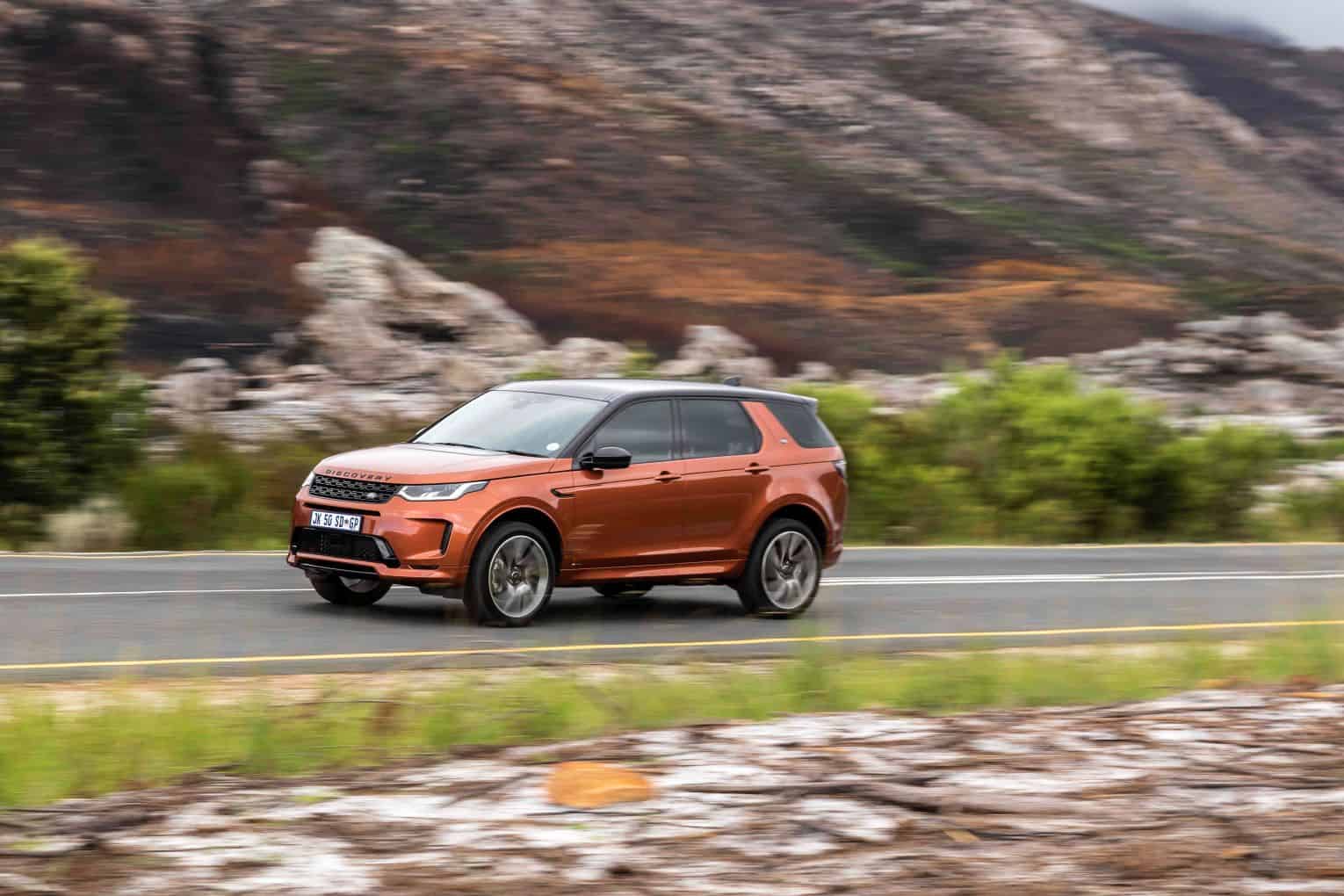
Part of the update has seen the underpinnings from the Range Rover Evoque being placed on the Disco Sport too, and its entirely evident in a cabin with virtually no cabin noise and harshness. These include new front suspension components reduced vibration as well as adaptive damping for the same effect. It works.
The diesel mill is admirably silent and pulls decently, able to turn in efficiency figures of under 7.0-litres/100km over our drive. Land Rover claims 5.8l/100km for the D180 and I’m entirely confident of that possibility.
Areas of slight concern are the nine-speed auto transmission that can downshift quite unexpectedly as you slow down before coming to a stop. It’s a little uncomfortable if anything.
The other small gripe is a general JLR issue and that continues to be the misplaced use of shiny chrome materials in the cabin that reflect the harsh sunlight into the driver’s eyes at certain angles and times of day. In this case, the revised gear shifter is fine, but it is surrounded by a big swath of metal that when reflecting into your eyes can become extremely unpleasant.
‘Rougher road credentials’
Off-the-beaten track, the Discovery Sport needs to live up to its name and we got to sample its rougher road credentials within the beautiful expanse of the Kloovenburg Wine Farm.
The Discovery Sport is equipped with the latest version of the Terrain Response system with All Terrain Progress Control. It’s a dynamic system with an auto function that detects the driving conditions and then calculates where to send power, brake wheels and limit slip etc. in order to get you across whatever ruts or inclines you’re faced with.
These are all standard systems, including torque vectoring, hill descent control, stability and traction control and Hill Launch Assistance. I wonder if owners of these vehicles are truly aware of the breadth of technology that they’re equipped with.
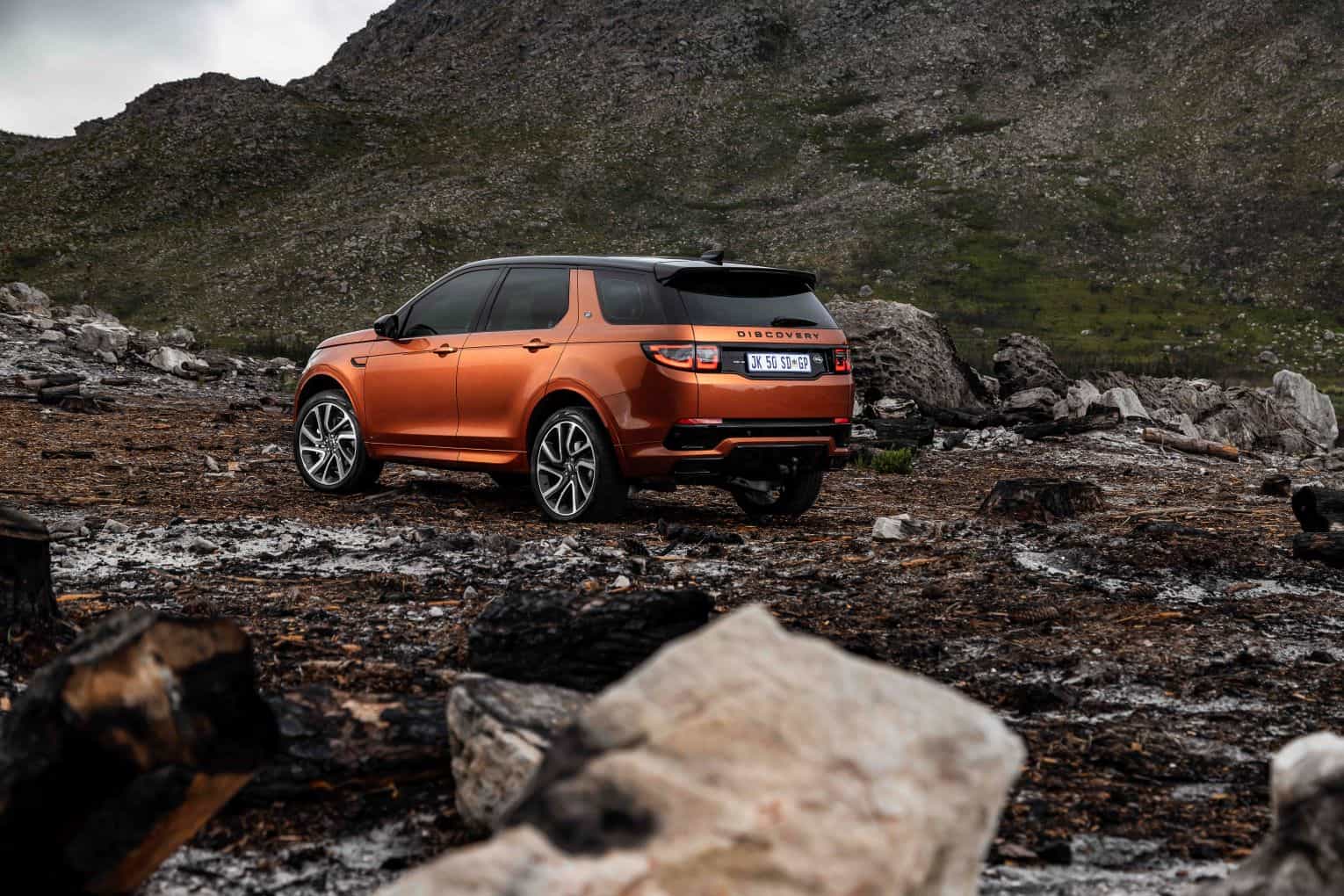
A lot of the driving experience especially in rough terrain requires a bit of education and I suppose this is where the Auto functions do their work. I got to descend steep, slippery inclines before climbing hills that were just as steep.
All Terrain Progress Control is effectively a low-speed cruise control – you set the speed at which you want to climb and descend and then the car takes over for you keeping the speed and changing the power and traction where needed to keep at that speed.
Added to this list of dynamics technology, the Discovery Sport is designed to be an active lifestyle vehicle and as such, towing capacity of 2.5 ton is possible with improved ability.
Trailer Assist is a function that works to mitigate trailer sway and works in conjunction with the brakes and drivetrain to do what is necessary to keep the trailer in check but it’s also equipped with a semi-autonomous system that allows for easier and more accurate trailer manoeuvrability and less of a need to do the counter-steer dance every time you need to reverse.
The interior can be optioned as a 5 + 2 configuration and new on this model is a 40:20:40 split rear seat for a number of options for seating/storage balance. There are four 12V sockets for added connectivity / energy and a 4G WiFi Hotspot capability so that all passengers can use the same network where needed.
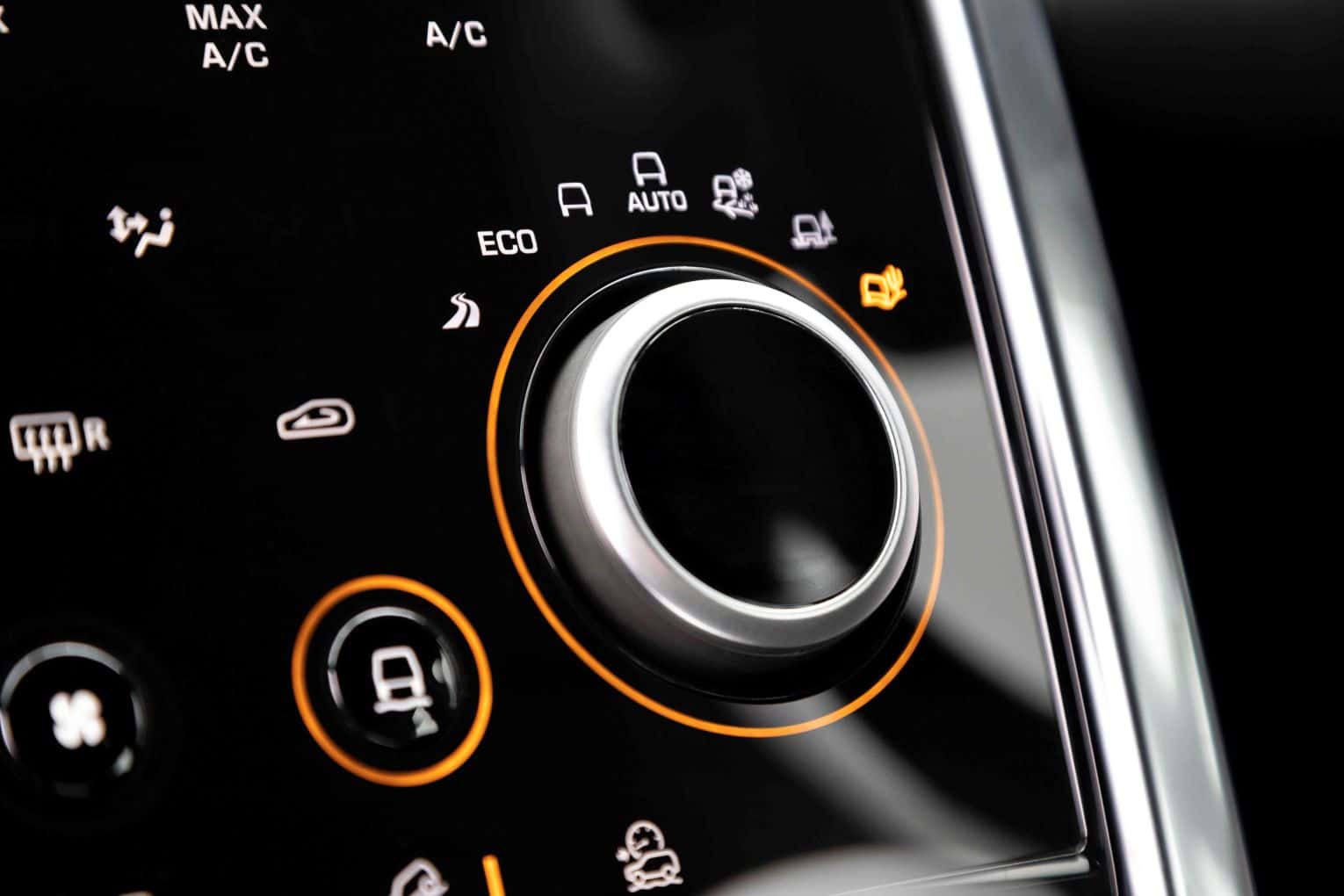
A wireless mobile phone charger is also new on the Sport, finishing off the versatile and modern cabin spec. The rear seats in the second row also offer slide and tilt adjustment for improved comfort and legroom as required. For a small SUV, it certainly offers more practicality.
If you’re into this active lifestyle sort of thing, the Activity Key is a wearable device (the key) that allows for an entirely handfree experience. It’s water proof and able to withstand the grit and harshness that may be associated with whatever adventures you’re busy with.
In conclusion
The revised Discovery Sport benefits from a significant facelift. It’s better to drive than it ever was and considering the variety of options available, it can be specified to your tastes both in exterior packaging and interior treatments.
It may be the baby in the line-up, but it still retains its place in terms of luxury, tech, safety and versatility options and, of course, maintains a stalwart off-road capability. It can pose as the family car just as well as the outdoor, active lifestyle companion.
Pricing for the D180 Sport starts at R749 500 but note that it’s very easy to see that price rise as you add option after option, many of which you’ll want to have.
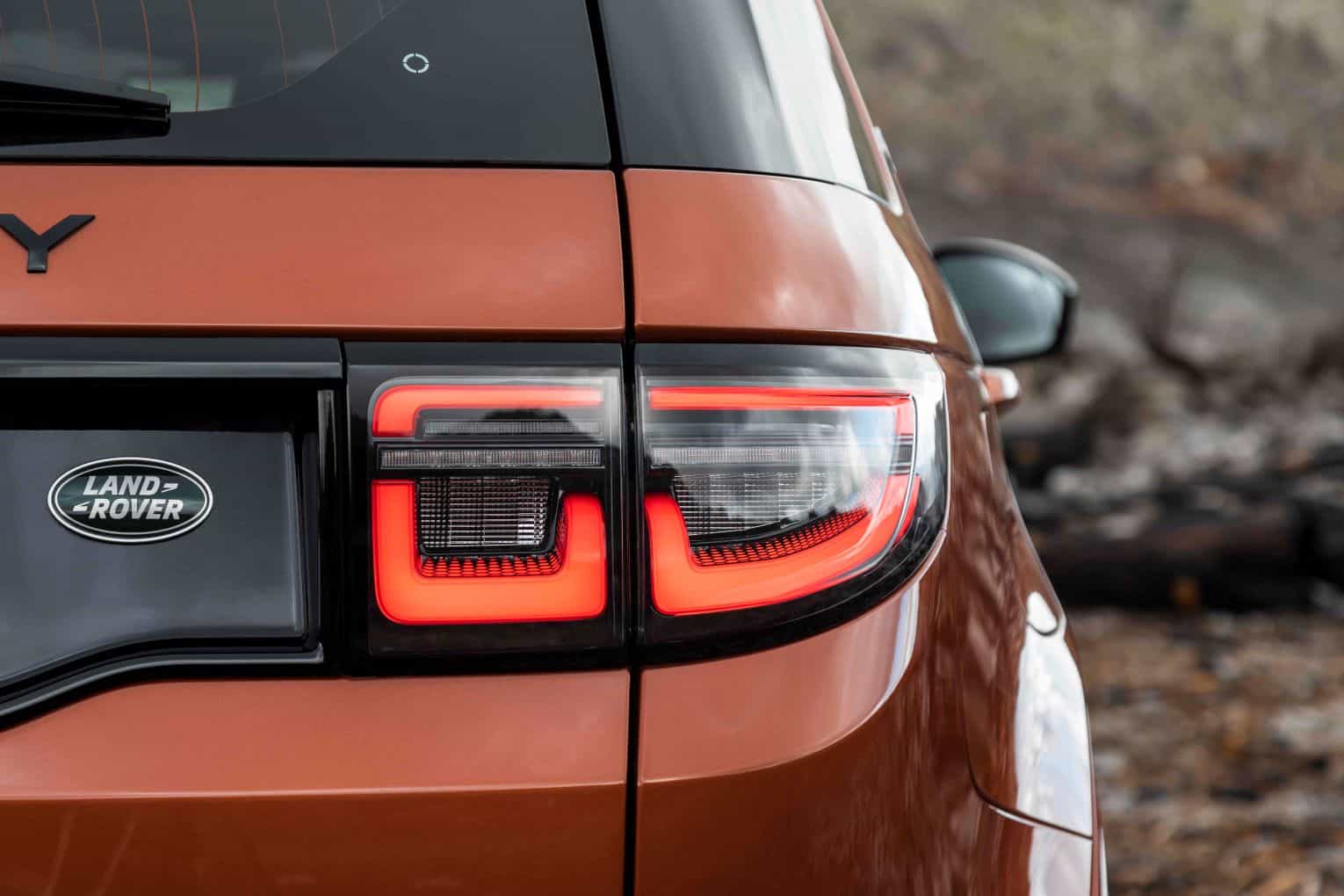
New Discovery Sport prices:Discovery Sport D180 AWD Automatic R749 500Discovery Sport D180 S AWD Automatic R795 500Discovery Sport D180 AWD R-Dynamic S Automatic R819 100Discovery Sport D180 AWD R-Dynamic SE Automatic R855 300Discovery Sport D180 AWD R-Dynamic HSE Automatic R897 800Discovery Sport P250 AWD Automatic R759 900Discovery Sport P250 S AWD Automatic R805 800Discovery Sport P250 AWD R-Dynamic S Automatic R829 500Discovery Sport P250 AWD R-Dynamic SE Automatic R865 700Discovery Sport P250 AWD R-Dynamic HSE Automatic R908 100Help support journalists, the guardians of independent journalism, through our student media initiative that gives a voice to students and their generation! Find out more…Tags: Land RoverLand Rover Discovery SportSouth Africa











More Stories
Road test: Audi A1 Sportback 40 TFSI S-line S-tronic a punchy joy ride
Selling my car: why I took the online route
Watch: One of SA's most-popular bakkies fails miserably in crash tests